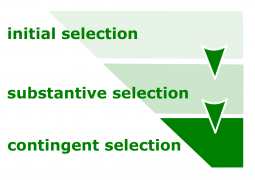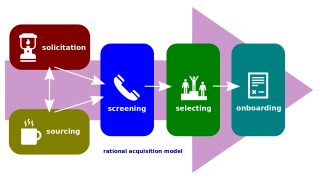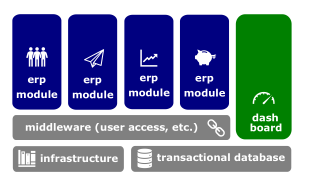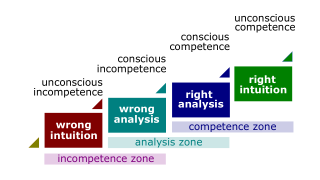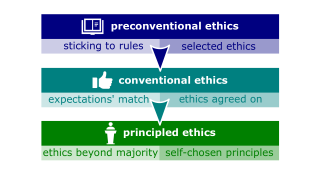OB HR concepts
OB HR concepts are those concepts that are related to human resources researched in organizational behavior studies. The concepts below are taken from Organizational Behavior by Robbins and Judge (17th edition); Septem Artes Administrativi served as the primary source of illustrations.
Recruitment
- Work sample test. A hands-on simulation of part or all of the work that applicants for routine jobs must perform.
- Assessment center. An off-site place where candidates are given a set of performance simulation tests designed to evaluate their managerial potential.
- Situational judgment test. A substantive selection test that asks applicants how they would perform in a variety of job situations; the answers are then compared to the answers of high-performing employees.
- Realistic job preview. A substantive selection test that is a job tryout to assess talent versus experience.
- Unstructured interview. A short, casual interview made up of random questions.
- Structured interview. A planned interview designed to gather job-related information.
- Panel interview. A structured interview conducted with a candidate and a number of panel members in a joint meeting.
Personnel development
- Task performance. The combination of effectiveness and efficiency at doing your core job tasks.
- Organizational citizenship. Actions that contribute to the psychological environment of the organization, such as helping others when not required.
- Counterproductivity. Actions that actively damage the organization, including stealing, behaving aggressively toward coworkers, of being late or absent.
- Critical incident. A way of evaluating the behaviors that are key in making the difference between executing a job effectively and executing it ineffectively.
- Graphic rating scale. An evaluation method in which the evaluator rates performance factors on an incremental scale.
- Behaviorally anchored rating scale. A scale that combine major elements from the critical incident and graphic rating scale approaches. The appraiser rates the employees based on items along a continuum, but the points are examples of actual behavior on the given job rather than general descriptions or traits.
Personnel assessment
- Forced comparison. Method of performance evaluation where an employee's performance is made in explicit comparison to others (e.g., an employee may rank third out of 10 employees in his or her work unit).
- Group order ranking. An evaluation method that places employees into a particular classification, such as quartiles.
- Individual ranking. An evaluation method that rank-orders employees from best to worst.
